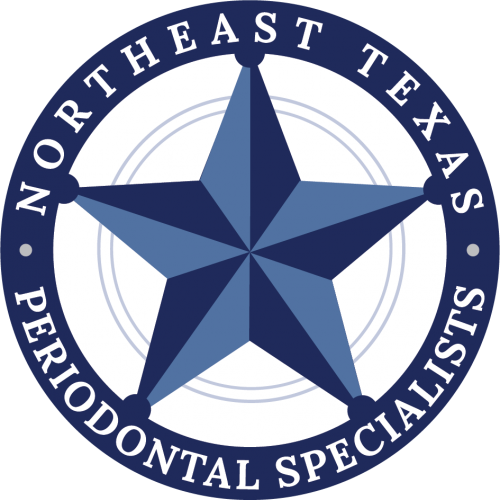Yes, there are different types of tissue grafts in periodontal dentistry. Tissue grafts are commonly used in periodontics to help restore or improve the health and appearance of the gums, which can be affected by gum disease, trauma, or other factors. Tissue grafts can be classified into three main types: autografts, allografts, and xenografts.
Autografts are tissues taken from the patient's own body. These are the preferred type of tissue grafts in periodontics because they have a lower risk of rejection and can provide a good match to the patient's existing tissues. Autografts are usually taken from the roof of the mouth (palate), but they can also be taken from other areas, such as the inner cheek or the gum tissue around the teeth.
There are different types of autografts, including free gingival grafts, connective tissue grafts, and pedicle grafts.
Free gingival grafts are the most commonly used autografts in periodontics. They involve taking a small piece of tissue from the palate and grafting it onto an area of thin or receding gums. Connective tissue grafts are similar to free gingival grafts, but they also include a layer of connective tissue that can help improve the appearance of the gums. Pedicle grafts are less common and involve moving a flap of gum tissue from one area of the mouth to another.
Allografts are tissues taken from a donor other than the patient. These tissues are usually obtained from a tissue bank or a cadaver. Allografts are processed and sterilized to minimize the risk of infection or rejection. The advantage of using allografts is that they eliminate the need for a donor site in the patient's mouth, reducing discomfort and potential complications. The disadvantage is that there is a slightly higher risk of rejection or infection compared to autografts. Allografts are commonly used in periodontics for guided tissue regeneration, ridge preservation, and sinus lift procedures.
Xenografts are done with tissues taken from a different species. The most common type of xenograft used in dentistry is bovine-derived xenograft. Bovine-derived xenograft is processed and sterilized to minimize the risk of infection or rejection. It is commonly used in periodontics for ridge preservation and sinus lift procedures. Xenografts are less commonly used than autografts or allografts in periodontics.
In conclusion, there are different types of tissue grafts in periodontal dentistry. Autografts, allografts, and xenografts all have their advantages and disadvantages, and the choice of graft type will depend on the patient's individual needs and circumstances. Your periodontist will be able to recommend the best type of tissue graft for you based on your specific situation.

